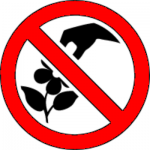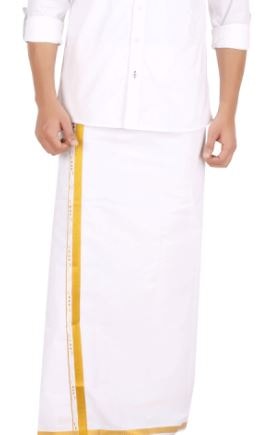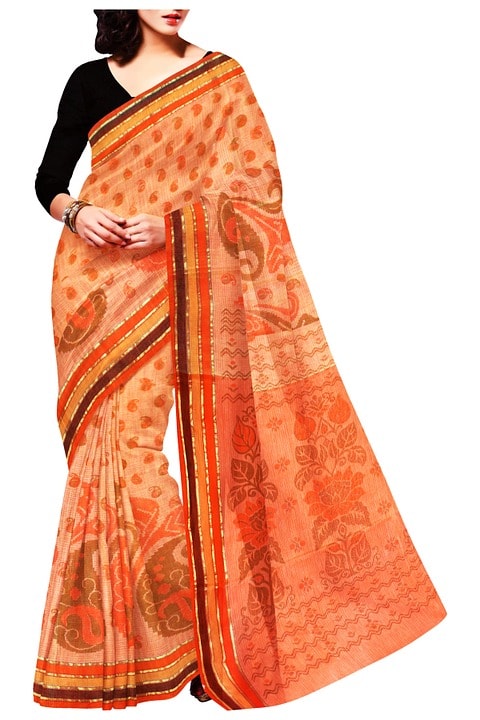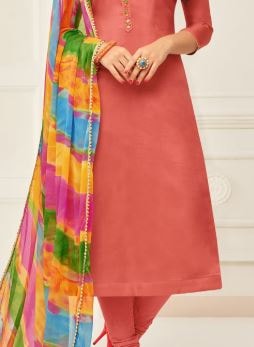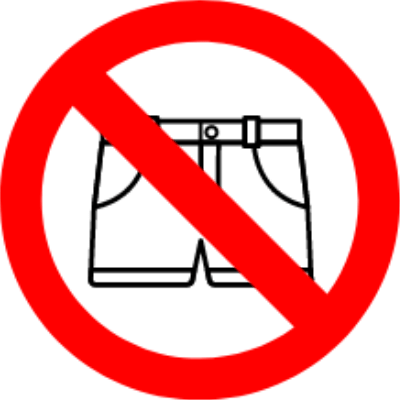SVT Temple Prohibited Items
SVT Temple Dress Code
Most Hindus believe in one Supreme Being, several gods exist in Hindu religion. The priest in charge of each shrine performs the daily ceremonial ritual, ‘puja’, which includes making offerings to the God, showering the idol with flowers, and on special occasions, milk, honey and curd. The puja ends with the ‘aarti’, the sacred lamp that is moved around the deity in a circular fashion.
Temples are places of community worship, but unlike other major religions, there is no common prayer or prayer time. Often simultaneous ceremonies and proceedings take place. Individuals or families can arrange for private pujas or ceremonies.
Before entering a temple, there is certain etiquette that one needs to be aware of. Some of these are based on beliefs and some on ancient customs.
Here’s our list of things one should know about Hindu temple customs and etiquette
- Footwear: Removing footwear before entering the temple premises is not just a sign of respect, but also for cleanliness and humility. According to the ancient religious text, the Vedas, removing footwear is a symbol of leaving the outside world and thereby all materialistic desires and thoughts. Hence removing footwear is an important aspect of Hindu temple customs and etiquette. There are options available to keep the footwear safe outside.
- Dress code: Short or revealing clothes are generally frowned upon and it is advisable to wear conservative clothes while visiting a temple.
- Hygiene: According to Hindu belief, it is necessary to have a bath before going to the temple. Women also generally do not visit temples during menstruation.
- Offering: Just as one carries a gift while visiting a friend or family, so also it is common practice to carry fruits, coconut and flowers as an offering to the temple deity, though this is optional. Some believe that coconuts are a representative of one’s self. After the offering, the coconut is broken, symbolising the breaking of the ego.
- Join hands in prayer during a puja: It is believed that joining both hands such that all the tips of the fingers are touching each other activates certain pressure points in the body releasing positive energy.
- Sanctum Sanctorum: The innermost part of the temple where the idol of the deity resides, is called the sanctum sanctorum. This is considered the most sacred part of the temple and except priests; no one is allowed to enter here.
- Pradakshina: It is customary to circumambulate the sanctum sanctorum or the temple in a clockwise fashion. The belief being that God is the essence of our existence and our thoughts and actions should be centred on Him.
- Holy water, sacred flame and Prasad: After the puja, holy water, sacred flame and special offerings called ‘Prasad’ are offered as blessings to the devotees. The holy water, a concoction of camphor, and herbs which is used to wash the idol of the deity is considered to be charged with magnetic radiations and medicinal. The priest offers a spoonful of the holy water to all the devotees. This is accepted with a cupped right hand, sipped and then the right palm is touched to the forehead. When the sacred flame is brought around, with palms facing down, one reaches out both hands gently over the flame and then touch the hands to one’s eyes. The ‘Prasad’ is an edible offering, generally a fruit or a sweet, which is accepted reverentially with a cupped right hand before eating.
- Other etiquette: One normally sits for a while at the temple after the puja. While sitting, the feet should not point toward any of the Deities. Eating is also not permitted, except for the Prasad. Displays of affection such as hugging are also not considered appropriate in the temple premises.













